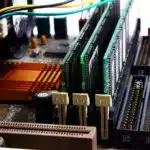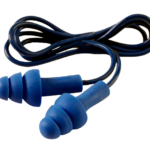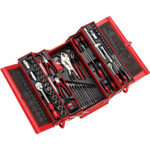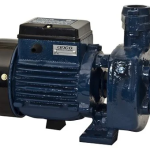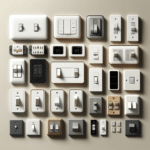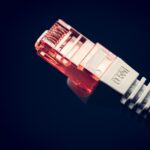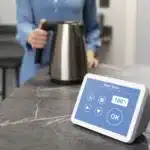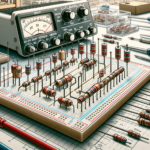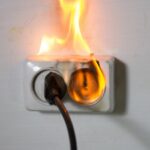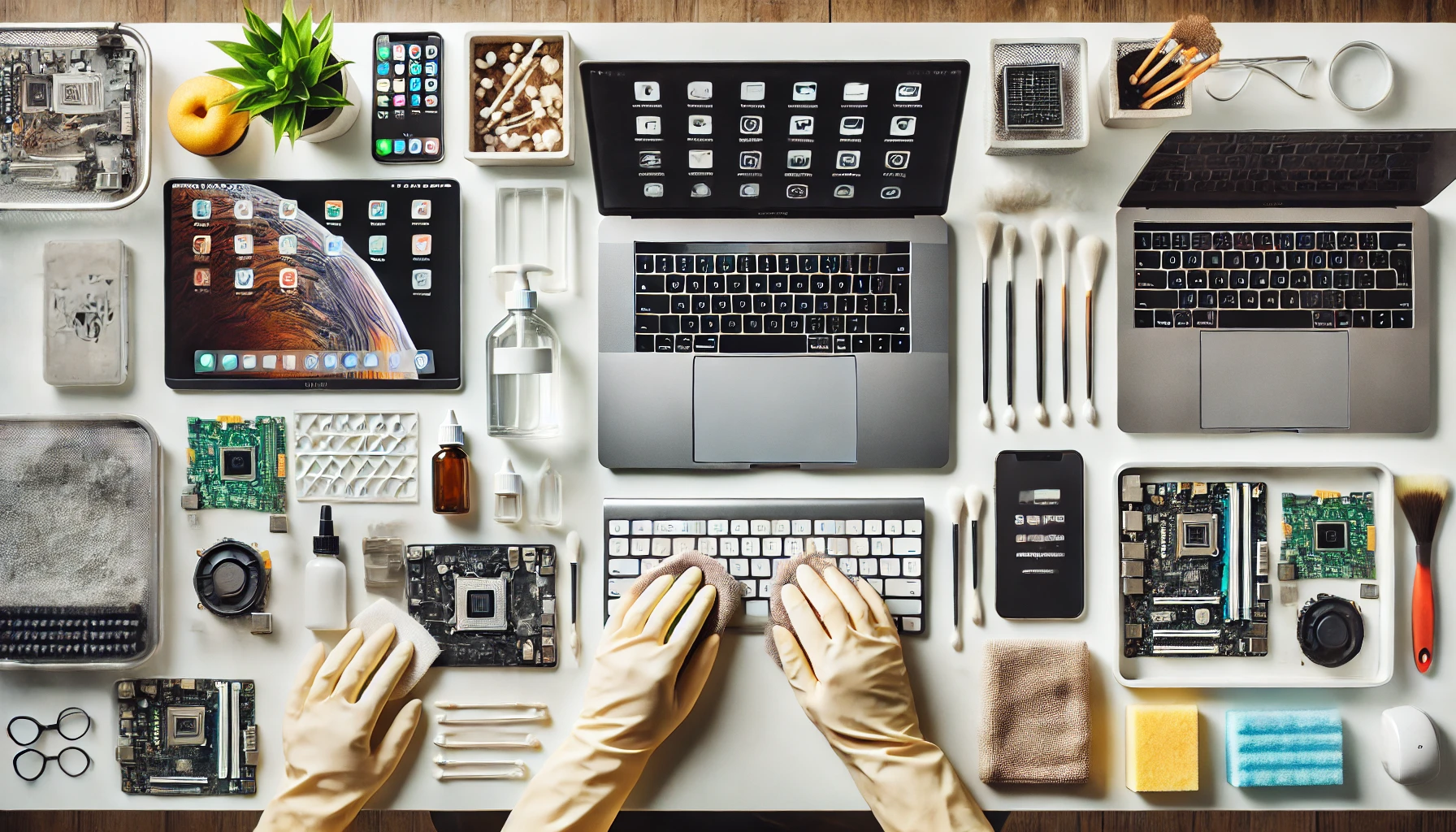
Introduction
Electronics are devices and circuits that utilise electric current to perform various tasks, including processing information, transmitting data, and controlling systems. These devices, including computers, TVs, tablets, smartphones, and appliances, accumulate a significant amount of dust, grime, and even germs over time. Therefore, regular cleaning is vital to maintain their optimal performance and longevity. However, cleaning electronics can be tricky, as improper methods can lead to damage. This article provides expert tips for cleaning electronics safely using speed cleaning techniques, ensuring your devices remain clean and well-maintained.
Understanding the Importance of Cleaning Electronics
Keeping electronics clean is essential for several reasons. Dust and dirt, over time, can accumulate in and around devices, leading to overheating and malfunction. Regular cleaning extends the life of your electronics, saves you money, and maintains and enhances their performance and appearance. Additionally, having clean electronic devices ensures robust safety and saves you from multiple diseases.
The Basics for Cleaning Your Electronics: Preparing Your Cleaning Kit
Before diving into the cleaning process, it’s crucial to understand the type of electronics you are dealing with and have the right tools on hand. Different devices require different care and tools, and ensure to gather the right tools, such as:
- Microfiber Cloths
- Compressed Air
- Isopropyl Alcohol (70% or higher)
- Cotton Swabs
- Soft Brushes
- Screen Cleaning Solution.
Speed Cleaning Your Electronics: Proven Tips & Techniques
Speed cleaning is a great way to maintain your electronics, and an effective approach is required to ensure they stay in top condition. Our step-by-step guidance and proven tips will help you achieve shiny and hygienic electronic devices:
Safety First
When working with electronics, ensure safety to avoid any injury and damage to equipment. Always power down and unplug your electronic devices before cleaning to reduce electric shock and ensure safety. It is essential to be gentle when cleaning, especially with delicate components. Additionally, use the right tools and pressure for safe cleaning.
Start with Dusting
Use a compressed air canister to blow away dust from crevices and ports. This is particularly useful for keyboards, vents, and other hard-to-reach areas.
Special Attention to Accessories
Remember to clean accessories like remote controls, headphones and chargers. Wipe them down with a microfiber cloth and use cotton swabs for intricate areas.
Wipe Down Surfaces
Moisten a microfibre cloth with a 1:1 mix of isopropyl alcohol (a cleaning agent and disinfectant) and distilled water. Gently wipe down screens, cases, and other surfaces. Avoid using excessive liquid, which can seep into the device.
Allow to Dry
Let your devices air dry completely before plugging them back in. This prevents any potential short-circuiting from residual moisture.
Regular Maintenance
Incorporate this speed cleaning routine into your monthly maintenance to keep your electronics in optimal condition. Regular cleaning prevents buildup and prolongs the life of your devices. Store the devices in clean, dust-free environments, and use protective cases or covers to protect electronics from dust and scratches.
Disassembling Electronics for Deep Cleaning
Disassembling electronics for deep cleaning can be a risky but advanced cleaning process. It can remove dust and debris that other electronics cleaners might fail, but it also increases the chance of damaging the device if you’re not careful. For experienced users, disassembling devices can provide thorough cleanliness. However, this should only be done if you’re confident in reassembling the device.
Common Mistakes to Avoid When Cleaning Your Electronics
Cleaning your electronics regularly can help them function better and last longer, but it’s essential to do it the right way. Here are some common mistakes to avoid:
- Forgetting To Turn Electronic Devices Off and Unplug Them – This is a safety hazard that can damage your electronics if there’s a power surge while you’re cleaning.
- Using Household Cleaners – Household cleaners can damage electronics. Always use products (such as electronics cleaners) specifically designed for cleaning electronics.
- Ignoring Vents and Ports – Neglecting vents and ports can lead to overheating. Ensure these areas are cleaned regularly.
- Spraying Cleaner Directly On Electronics – This can cause liquids to seep into the device, and even a small spill can damage it. Be extra careful when cleaning around areas where liquids are common, like kitchens and bathrooms.
- Not Giving Electronic Devices Enough Time To Dry – Before plugging your electronics back in, ensure they are completely dry. This may take a few minutes for the exterior and much longer for any interior compartments you’ve cleaned.
- Applying Too Much Pressure – Excessive pressure can damage screens and delicate components. Be gentle and patient during cleaning.
Takeaway
Properly cleaning your electronics is essential for maintaining their performance and longevity. By following and implementing these documented expert tips for speed cleaning, you can ensure your devices remain in top condition without spending hours on the task. Remember to use the right tools, handle your devices with care, and clean them regularly for the best results.






